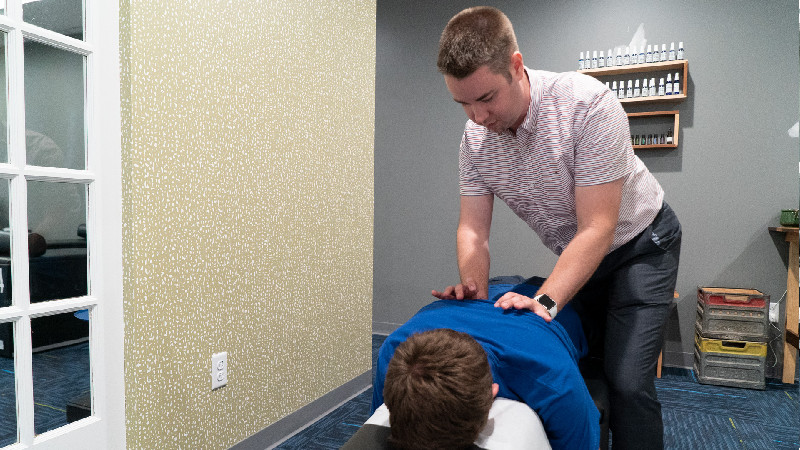Stainless steel passivation is a process occurring post fabrication. Manufacturers request it frequently when they require a restored surface. They seek the original characteristics. However, they also specify the addition of certain protective qualities. Passivation provides them with the best of both.
Intent
The purpose of passivation is simple. The fabricator returns the metal, in this case, stainless steel, back to its original specifications. It accomplishes this by removing any contaminants, debris and any other undesirable materials from the surface. These materials often originate during the machining process. The various particles may penetrate the surface of the stainless steel. This weakens the properties of the metal. They make it susceptible to various environmental conditions, including corrosion.
By dipping the stainless steel into a passivating bath, the fabricator restores the original metal while strengthening it with a protective oxide film. At the same time, when a fabricator performs this process, he or she does not alter the surface exterior – although it may make it smoother and uniform in finish and appearance. Stainless steel passivation simply purifies the surface and improves its capabilities to withstand certain environmental elements. As a result, the metal now has the necessary protection to resist air, water and even extreme environments such as tropical, arctic, marine, etc. Manufacturers also recognize the process can extend the life of a component or product.
Stainless Steel Passivation
Fabricators often employ the passivation process with certain base metals. Stainless steel is one such metal surface that benefits from the chemical procedure. Stainless steel passivation removes any contaminants from the machining process that may be embedded in the metal. It then smooths the surface and finish, restoring it to better than new. At the same time, it reinforces the natural property of stainless steel to resist such external environmental forces as corrosion and rust.


